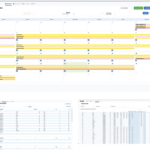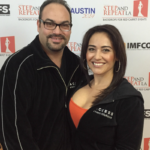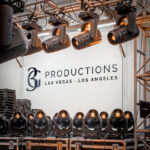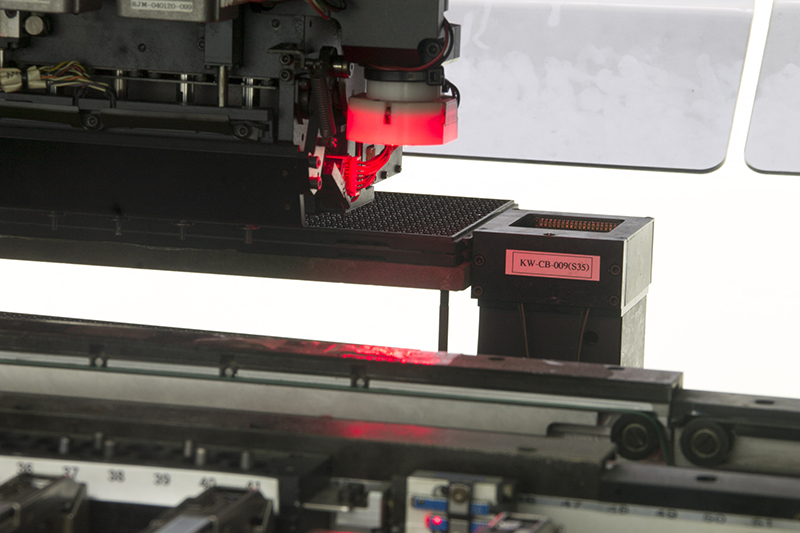
Anyone tuned in to cool and trending technologies — of which there are many in the inventive, colorful and fast-paced world of entertainment technology — will have noticed the buzz about a certain wireless controlled battery-powered LED brand in the last couple of years — Astera.
Astera’s ingenious series of wireless LED products initially started with the AX10 PAR in early 2014, the small and impressive AX3 “Lightdrop” in later 2014, the AX1 pixel tube in 2015, and then the breakthrough AX5, an LED PAR alternative, in 2017, which was very well received and became a big commercial success.
Product development progressed apace to the recent Titan series of LED tubes launched last year. These have captured the imaginations of lighting and visual designers working in events, concert touring and shows, film, video and TV and theatre productions. The Titan Tube in particular — currently available in three different sized units the original one-meter Titan, the half meter Helios and the two-meter-long Hyperion — has almost triggered a new fashion in lighting. It’s become a go-to LED tube for LDs working in all areas of live performance who are getting increasingly imaginative and innovative with them.
In a highly competitive market that’s awash with other LED products, Astera’s success is even more noticeable, and that is also because it’s offering something completely different.The growth trajectory has been pretty phenomenal in the last two years and a “fantastic journey,” says Astera’s sales manager, Sebastian Bückle, who spoke to PLSN about some of the key points and moments that have mapped out this path.
Astera’s products offer a lot more than just attractively homogenized light sources, elegant dimming, smooth color mixing, reliable, long, consistent battery life and straightforward fuss-free app control. Light quality is a massive focus for the R &D team led by Simon Canins. Having the ability for individual AIB calibration for each fixture was a major milestone, achieved using a specially developed machine that measures the output with a spectrometer when the fixtures are both warm and cold. After this, individually tailored software is applied to each lighting fixture. Launching around two products a year — and keeping this at a steady pace — has allowed the Astera team to fully refine and detail each one, rather than being rushed to release numerous products.
Many unique features have been added, primarily because of listening to end-user and customer feedback. This includes a host of handy and helpful fixing options and other accessories, so the fixtures are truly multifunctional and can be used virtually anywhere, anytime. While the lights are quality-engineered at every stage, serious effort has been made to keep the pricing reasonable.All these reasons combined with the innate functionality means a good ROI for all sectors, from film and TV to live performance and installations.
Astera is arguably the leading company for wireless LED lighting at the moment, but many customers purchase the lights, which can also be run wired, for other reasons like the quality and flexibility first. In many cases, the further advantages of battery powering are a bonus, and not the sole factor clinching the sale.
The company is also independent. Being in full control of its decisions enables action to be taken smartly and efficiently, and this is another asset that’s driven the recent growth.

Operations in Germany and China
Production is based in Astera’s own streamlined modern factory in Shenzhen, China. In a carefully crafted operation that fuses the talents, drive and outlooks of two very different work cultures in a harmonious space, the design team is also based there and currently includes around 20 international staff working closely with about 300 locals. A medium-sized HQ in Munich, Germany houses the international sales hub and some of the R&D department. A part of Astera’s success story has been in this uniting of the strong spirit and dynamics of Europe and Asia to produce some of the best wireless LED products on the market.
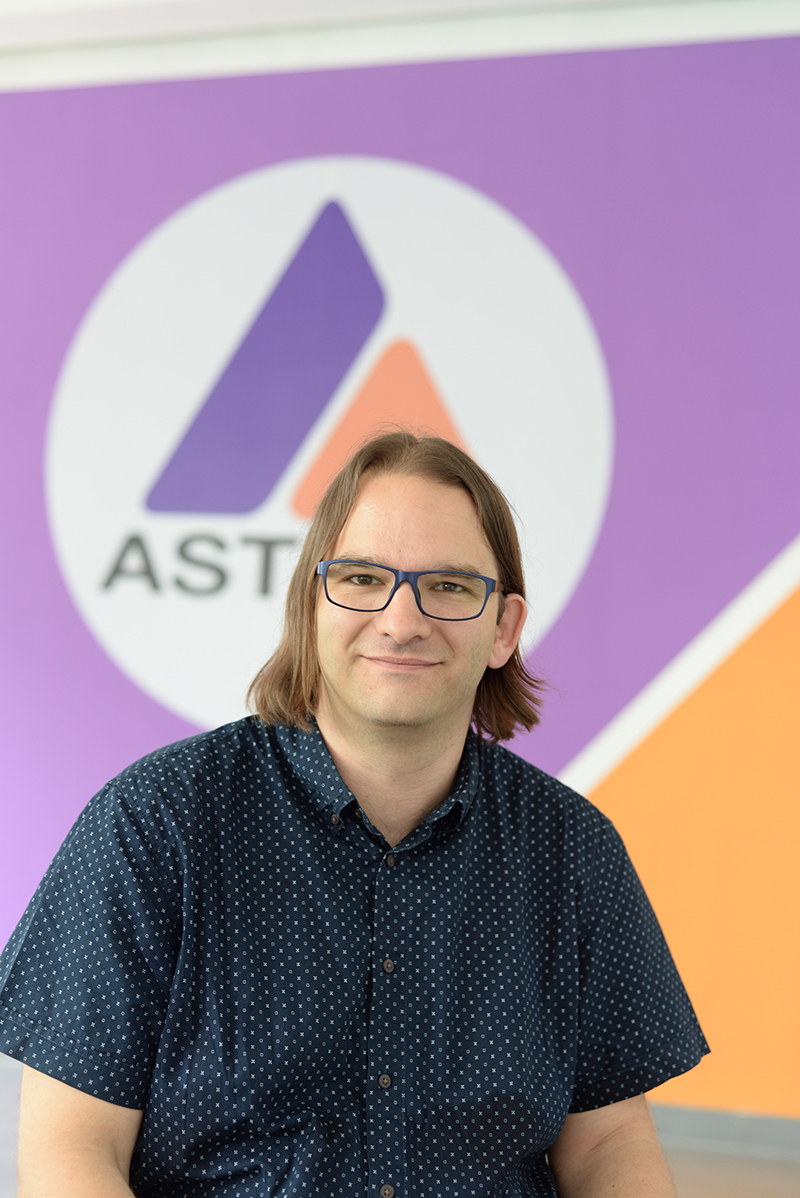
Early Challenges
German entrepreneur Norbert Ernst initially founded the company in 2007. Before that, he ran another LED company in Germany from about 2000, seeing the huge potential of LED lighting as an environmental and cost-saving technology way — before it ever became hip. In the early days, the strategy was to become a good, high-quality OEM LED manufacturer, and Norbert already envisioned the power and potential of China as a manufacturing gateway He regarded the huge energy, vast resources and ambition of this rapidly emerging superpower as something to be understood and embraced in the quest to produce high-quality products. “There’s probably no better place in the world to build a manufacturing infrastructure,” he once said, and with access to literally thousands of suppliers and specialists in the LED industry, it seemed entirely logical to move the operation there. Components can be sourced quickly and efficiently, while special requests and bespoke orders can also be met offering value and efficiency.
This didn’t come without its challenges, however. Like many other business people intending to outsource orders in China for shorter lead times and lower prices, when he first went there, he had to deal with products being copied and offered to his own customers for less. Brand idents were skillfully mimicked, and digital assets and IP like the website were also shamelessly simulated. Rather than getting angry and throwing his toys, all this all galvanized Norbert, who took a longer-term and more intelligent approach to ensuring those famous German standards of quality and excellence were enforced rather than ripped off. He realized he needed a team who were physically engaged and on-the-ground in China, and a workforce who were — and could be — committed to the brand. The solution, he realized, would be to invest in China in a meaningful and socially responsible way.
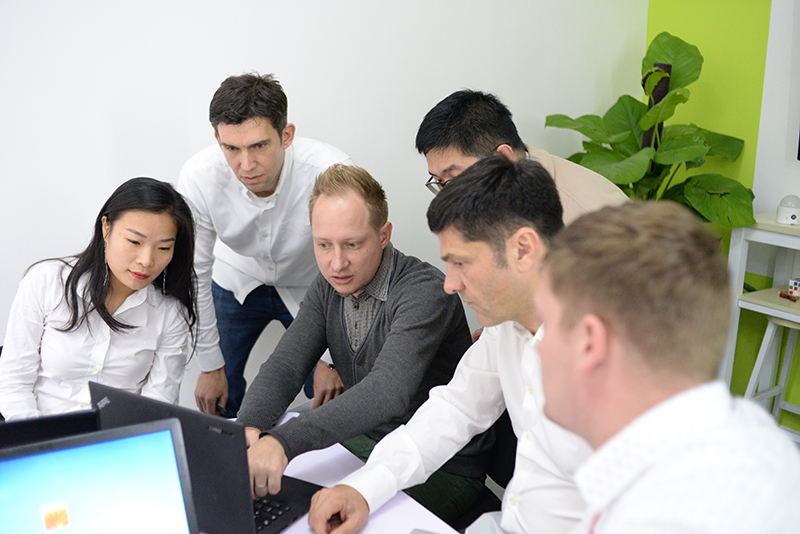
Investing in People
This move came in 2007 with the founding of the office and factory in Shenzhen and that same year Norbert started living in China. At this stage, the company was still a growing OEM manufacturer. The first engineers and buyers were hired, and now there are a series of proper training programs for people joining the company. R&D manager Simon Canins started working with Norbert in 2008, and sales manager Sebastian Bückle came onboard in 2010 when Astera was launched as its own brand. It was felt the time was right to capitalize on the success being enjoyed by the OEM company, and this also meant that, by the time Astera was born, everything was in place for Astera to hit the ground running. The emphasis then shifted from OEM manufacturing to growing Astera. Around this time, they started exploring the potential of their new and emerging products in the entertainment industry, initially for events.
Sebastian Bückle is very much the public face of Astera today. Positive, social, enthusiastic and highly knowledgeable, he loves networking, doing exhibitions and meeting people, and he is currently the main conduit for establishing the ever-growing international distribution network. He has also lived and worked in China for several years, moving back to HQ in Munich this summer to direct the Astera sales and marketing operation from central Europe as the distribution network expands worldwide.
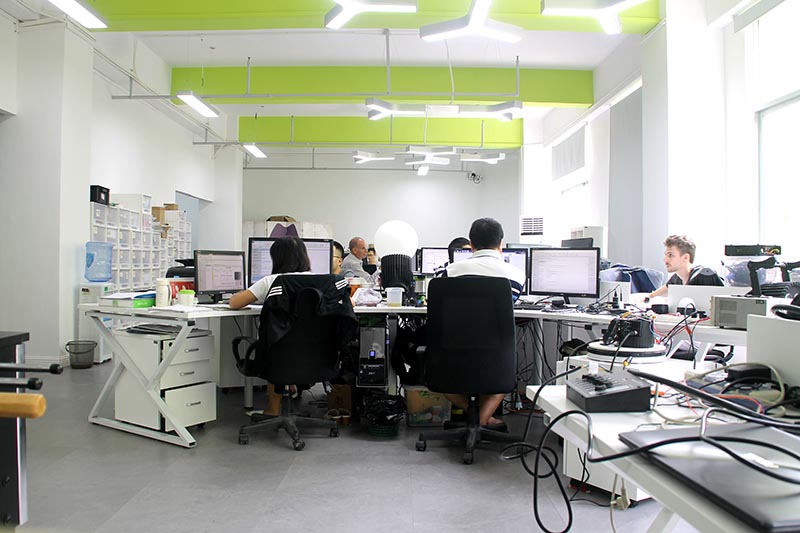
Cultural Mix
Experiencing a culture very different to Europe has helped the whole Astera team understand many things and maximize the vibrancy that Chinese work ethics and thinking can bring to the table. It is not just about building products, it’s about creating a community, gaining respect, establishing the best working practices and conditions, incentives and a whole balance of elements. Astera offers good pay and working conditions to reduce the high employee turnover now prevalent in China. As a result, the company also now has a well-trained, efficient and motivated team in Shenzhen. Early on, it was realized that to manufacture the complex Astera products to the desired quality standards, the company would need to hire international employees to work alongside their Chinese counterparts. Astera now has an international team of around 20 people who, while based in Shenzhen, hail from Germany, The Netherlands, France, Spain, Mexico, Russia and the U.S., each bringing their own vitality and experiences to the mix.
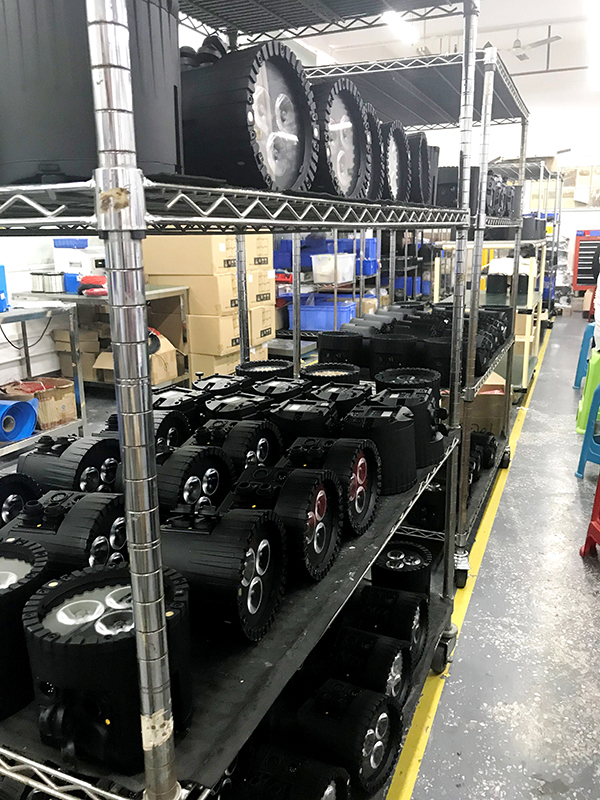
The Wonders of Wireless
Astera’s first wireless products were created in response to a special request from an OEM customer. “We saw the massive potential,” explains Sebastian, adding that one of their collective missions as a company was to be groundbreaking and trailblazing. Around 2014, “wireless” became THE fashion, and as it did, the company engaged in its first period of hypergrowth as Astera. By this time, the manufacturing operation was running smoothly, all the initial growing pains of setting up in China were over, and they were fired up for new challenges like developing a flagship set of premium Astera wireless products. Soon after, the AX10 and AX3 appeared, followed by the AX1 PixelTube which was chic in its day, still very popular now and a precursor for the Titan series of tubes.
Diversity
The events sector was among the first to adopt this wireless LED technology for all the obvious reasons — you can get lighting into all sorts of spaces and places in a venue or a site-specific space where wiring is problematic and impractical. It’s great for corporate events and all sorts of activations, perfect for gardens and illuminating buildings, facades and objects to create wow factors, and also assist events in reducing their carbon footprint.
From there, designers started introducing the products into other areas — theatre and the world of festivals, live concerts and touring … and, consequently, the rental and staging sector, which has really taken off. The quality of the light source and the robust build of the fixtures have made Astera rock on the road, plus the DMX control option to run via a lighting console. Most recently, Astera has started taking off as a must-have light source for film, television and commercial productions, becoming a favorite with DoPs and gaffers for the high CRI and excellent TLCI characteristics of the Titan series. Through various chattering and blogs, the brand name and the virtues of products like AX1 then Titan Tube initially spread virally.
Astera products have been seen in action on the Super Bowl halftime show and have featured in a host of high-profile movies. Titan Tubes were also chosen by LD Tom Kenny to serve an integral part of his design for The Who’s Moving On! world tour. LD Ben Cash from Flare Lighting in the U.K. also used 96 AX3’s as part of a special set element on a festival design that he and Tim Routledge created for DJ and music producer Mark Ronson, and Ben has also used them on shows for The Eurythmics. Renowned theater, opera and dance lighting designer Yaron Abulafia also used AX1s and AX3s on an acclaimed production of Comedy of Errors(z) at the Basel Opera House in Switzerland, and LD/lighting director Alex Berlage used Titan Tubes for an intense bare stage production of Lord of the Flies by The Sydney Theatre Company, where the Tubes were also an integral part of the stage set. And these are only a few of many high-profile examples where Astera fixtures have made a mark. The App-based control has also been important — quick and easy to figure out and use, and you don’t need to be a technician — which has fueled a demand, particularly for the compact Helios Tubes in “backstage scenarios” like perfect-tuned face lighting for artist selfies and blog post content. They have also been used for lighting hair and makeup areas backstage at fashion shows.
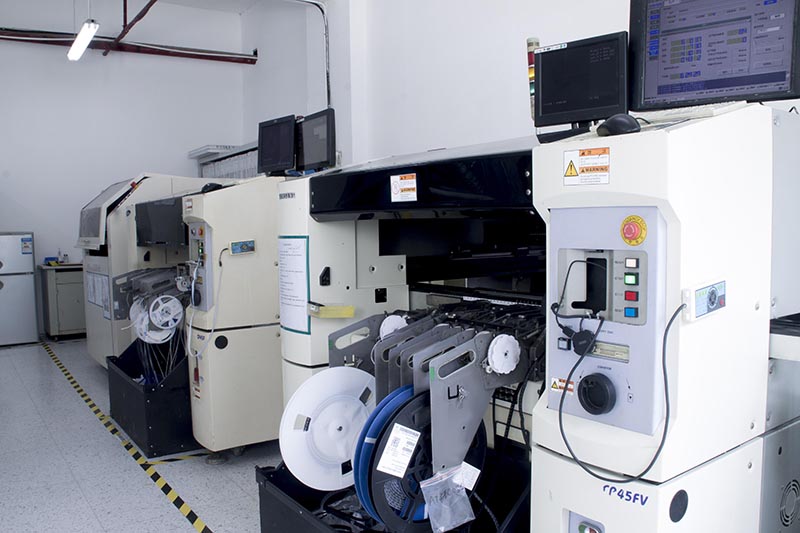
Listening Game
In addition to having “products of the moment,” Sebastian credits a large part of Astera’s current success to the company’s penchant of using its ears as well as its eyes, and listening carefully to lighting professionals. This process has helped appreciate the sometimes subtle but important differences in markets and evolve and shape the R&D accordingly, which is busy working on the next Astera breakthroughs.
The other part is proactivity and enthusiasm. Astera will have attended around 35 expos and trade shows by the end of 2019 and is set to do the same next year. And the company is working hard on keeping its brand profile high and on everyone’s radar. There’s a significant number of roadshows and training events planned. Getting out to customers and end-users is encouraged through the distribution network, because that leads to the first-hand meetings and conversations that end up driving company growth. “It’s really the most valuable feedback,” says Sebastian, who is looking forward with much alacrity to the next challenges, steps and achievements.
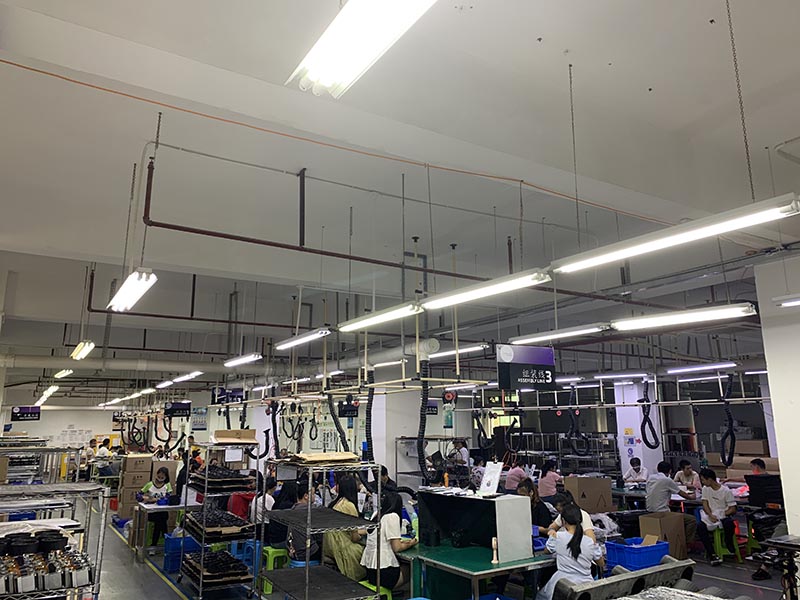
For more information, visit www.astera-led.com.
